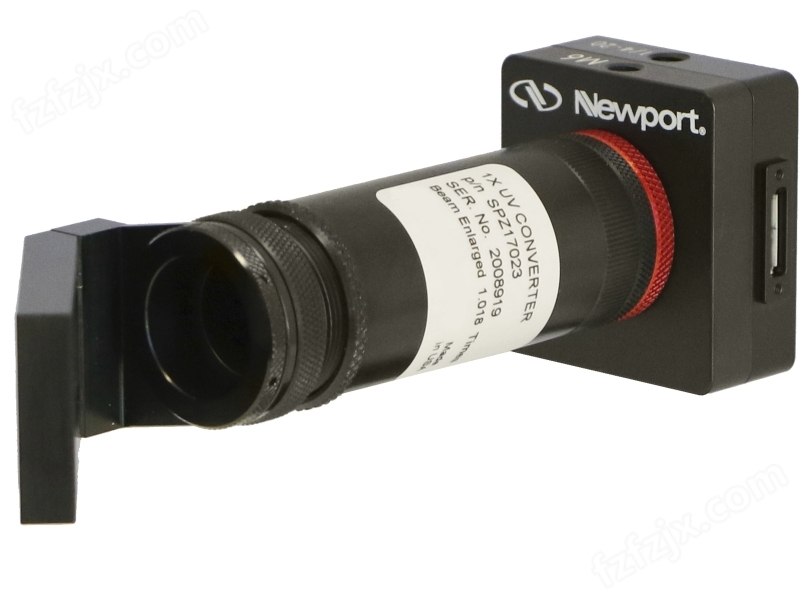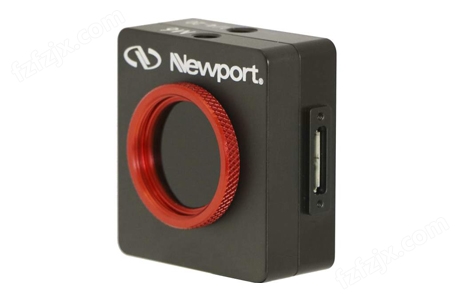LBP2系列 LBP2 激光束分析仪
产品简介
详细信息
【温馨提示】:页面较宽,手机版浏览器可左右滑动浏览完整内容
LBP2 系列激光束分析仪可通过直观而强大的应用软件快速进行空间光束轮廓测量。
- 新功能!引入了兼容 Windows 10 和 USB3.0 的相机
- 广泛的 ISO 11145、11146-1/-3 套件以及 13694 测量
- 获得的 Ultracal™ 算法可实现的精度测量
- 合格/不合格的测试适用于大多数测量的参数
- 所有测量参数的统计分析
- 工业标准数据文件格式,HDF5 和 CS
型号规格

特征
Non-Gaussian Beam Profiles

全不锈钢结构
While many laser systems operate with near-Gaussian beams, other laser systems possess non-Gaussian beams that propagate differently and exhibit significantly different spatial distributions (see above figure for examples). In some cases, a laser resonator emits a beam with a higher-order TEMmn mode. Depending on the resonator geometry, these modes can be cylindrical in nature and are called Laguerre-Gaussian beams or rectangular and are called Hermite-Gaussian beams. In other cases, a laser beam is modified by an optical system to such an extent that its profile and propagation can no longer be approximated using the Gaussian beam analysis. Flat-top beams are one such example where a beam exhibits a nearly constant irradiance over its beam width. Given the steep edges of the beam profile, the diameters of these beams are often characterized by their full-width at half-maximum (FWHM) values as opposed to the HW1/e2 radius values used for Gaussian beams. Such flat-top beams are important for laser-based material processing where a constant irradiance provides more uniform material modification. The propagation of these beams can be quite complicated and is often encountered when a laser beam overfills a focusing objective in order to generate a very small spot size in high-resolution microscopy.
适合各种应用的高品质相机
新的 LBP2 系列激光束分析仪有可见 (190 - 1100 nm) CCD 或磷光体涂层 (1440 - 1605 nm) CCD 相机。这两款相机都有 640x480 阵列低分辨率或 1600x1200 阵列高分辨率版本。

3D beam profile for an intuitive understanding of the intensity distribution
用于大功率输入的可堆叠衰减器
每个激光束分析仪都配有可堆叠的中性密度滤光片(一个 ND1 和两个 ND2 滤光片),通光孔径为 19 mm,1 英寸-32UN(C 卡口)。这些 ND 滤光片的损伤阈值为 5 W/cm2。

LBP2 series comes with one ND1 and two ND2 stackable attenuators.
轻松的软件和相机安装
简单方便的 LBP2 软件和相机安装。有关分步说明,请参阅视频。
广泛的软件功能
LBP2 软件接口通过易于使用的软件用户接口提供广泛的功能和 ISO 批准的定量结果。获得的 UltraCal 算法保证数据基线或“零参考点”精确到以像素为基础的数字计数的 1/10。ISO 11146 要求使用基线校正算法来提高波束宽度测量的精度。
紫外光束成像器
新的 LBP2-UVIMG 是需要查看 193 到 360 nm 光束剖面的用户的理想选择。存在将通过硅相机成像不良的紫外线辐射转换成可见光的荧光板。然后将其成像到 CCD 上。该转换器具有高光输出、宽线性动态范围和高损伤阈值。分辨率为 35 X 35 um,尺寸为 &Oslash

紫外分束器
新的 LBP2-UVBS 是紫外分束器,可以安装在 LBP2-UVIMG 的输入孔径上,以允许将更高功率/能量光束成像到 CCD 相机上。尽管 LBP2-UVIMG 的饱和强度在 248 nm 的 LBP2 光束分析仪中包括的滤光片为 ~ 15 mJ/cm2 和 ~ 20 mJ/cm2,一旦 LBP2-UVBS 安装在成像器上,可以成像更强的光束。

Phosphor Coating Optimized for 1440 - 1605 nm
The Phosphor coating technology allows you to view NIR (1440 - 1605 nm) lasers and light sources to measure with LBP2-IR and LBP2-HR-IR . The anti-Stokes phosphor coating produces visible photons at a rate roughly the square of the input signal. This non-linearity or Gamma is corrected in the software's Gamma Correction function. Thus an accurate, linear image of the beam profile is obtained permitting standard, cost effective analysis of NIR beams. Note that the measured laser spot size will be slightly larger than the actual size, due to the use of phosphorescence.
Recertification
Unlike an optical power meter or a detector, a laser beam profiler does not have any recalibration process, as there is no traceable standard. However, to help you maintain camera performance, we recommend that customers return their camera on a regular basis (every 12 months is recommended under normal use) for a verification and recertification process. This process will correct bad pixels when possible, clean the imager, and certify that your camera is still performing to factory specifications. Or you will be advised of any changes that may be serious enough to require limiting use, repair or replacement. Please contact Newport calibration facility for inquiry and service.

